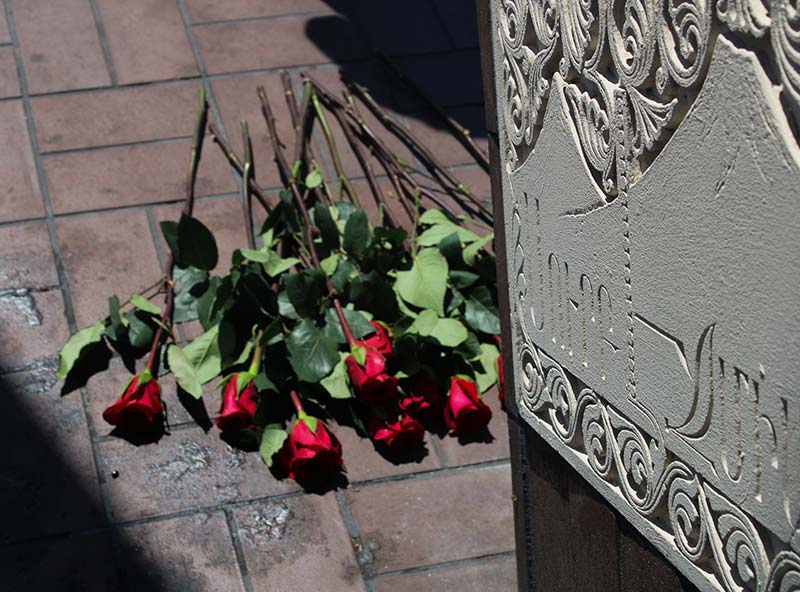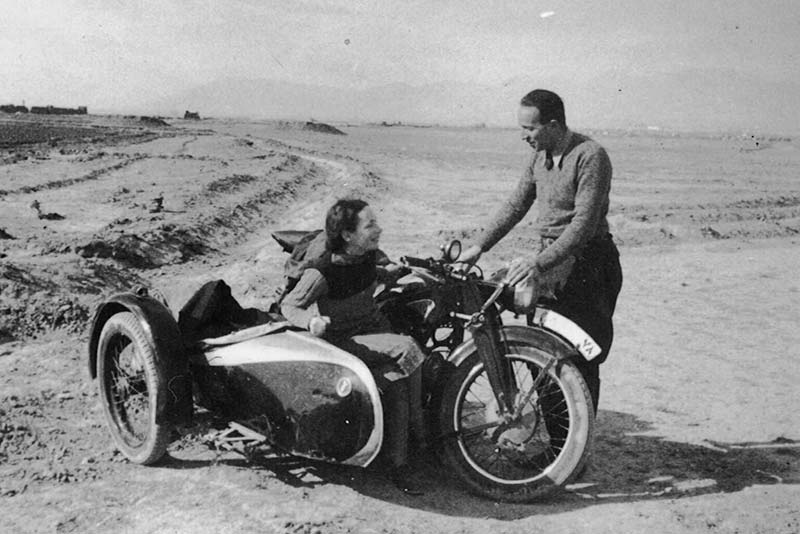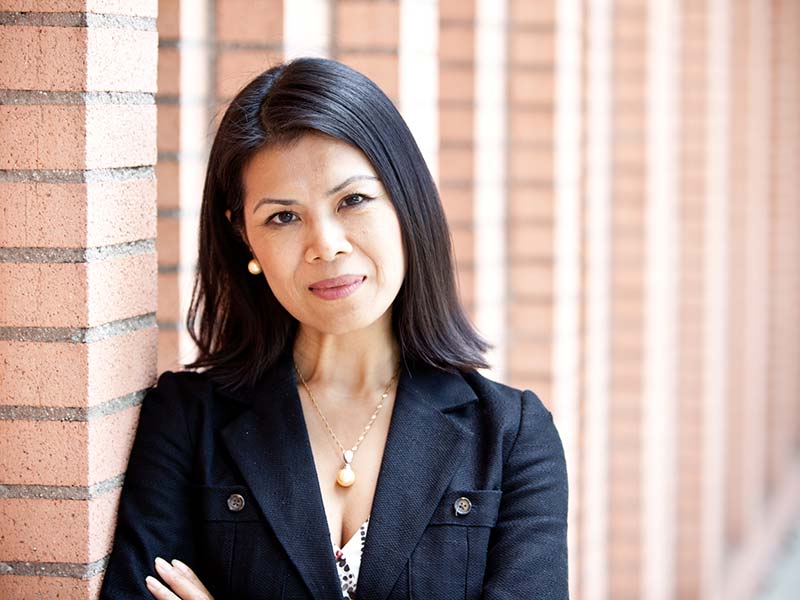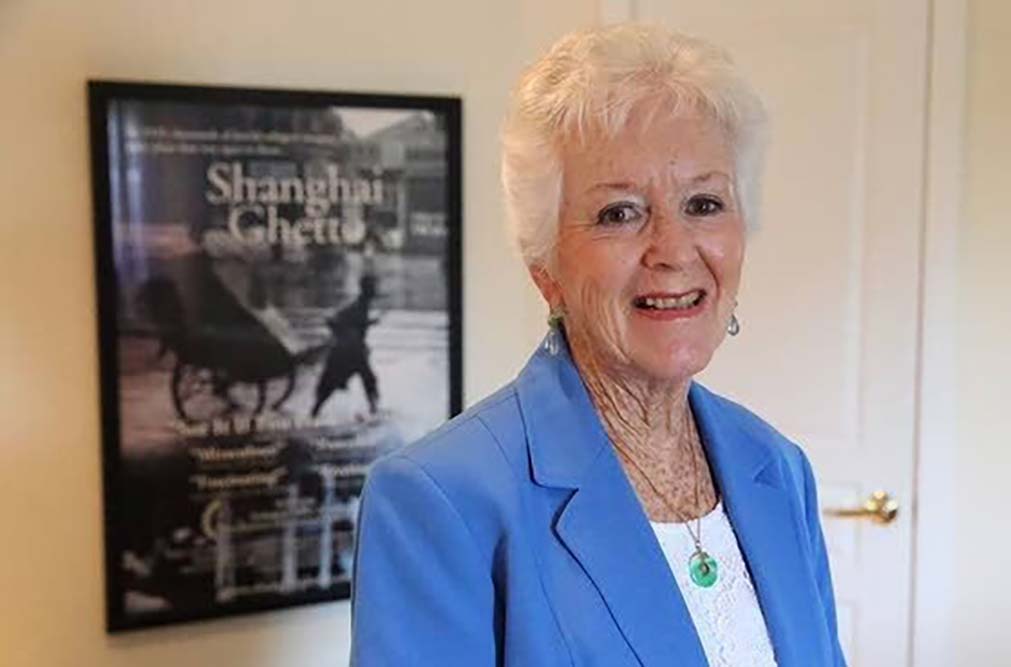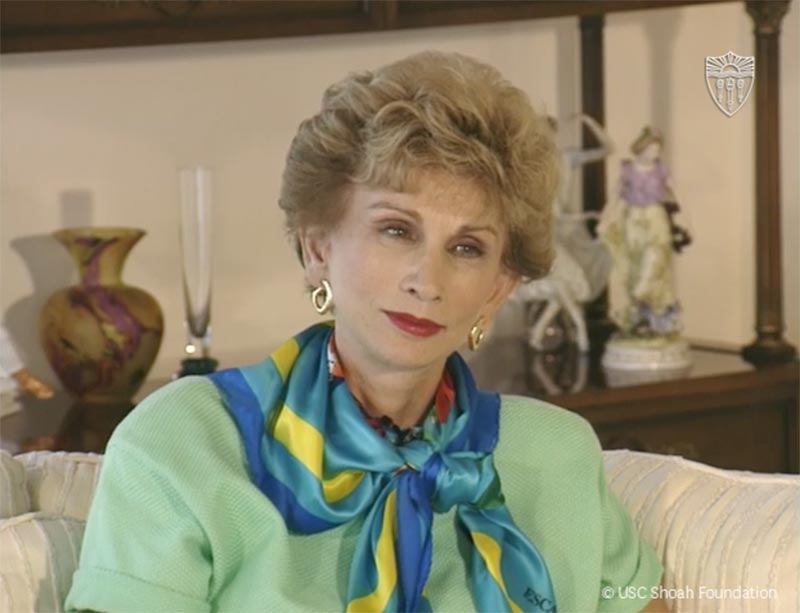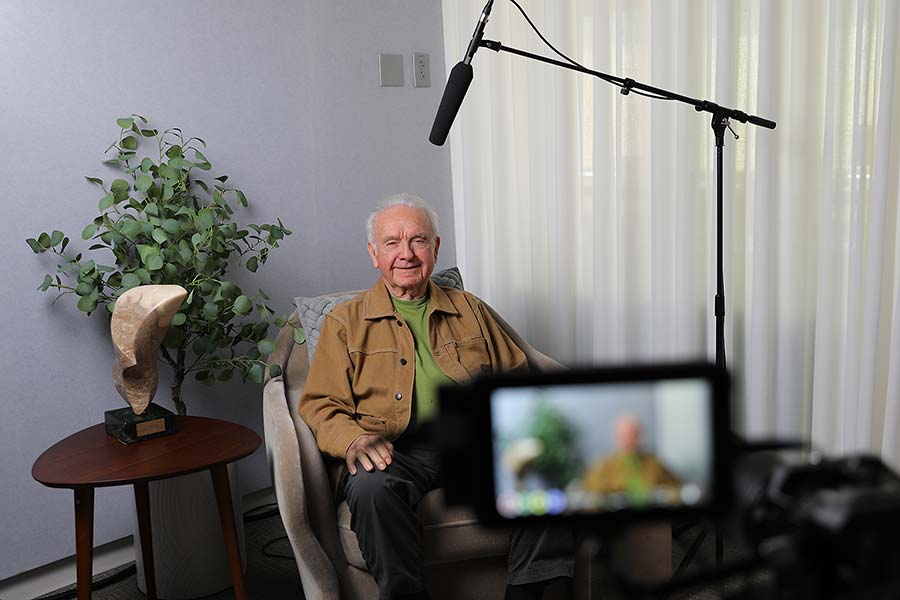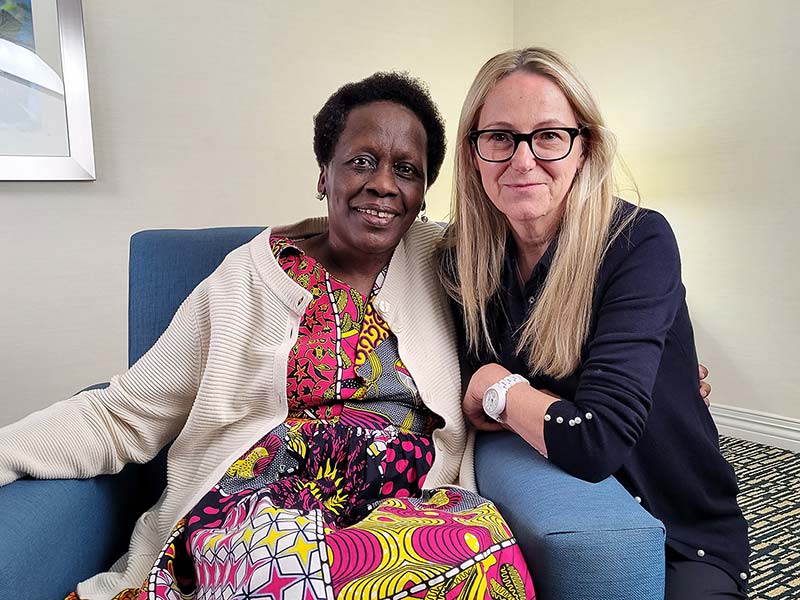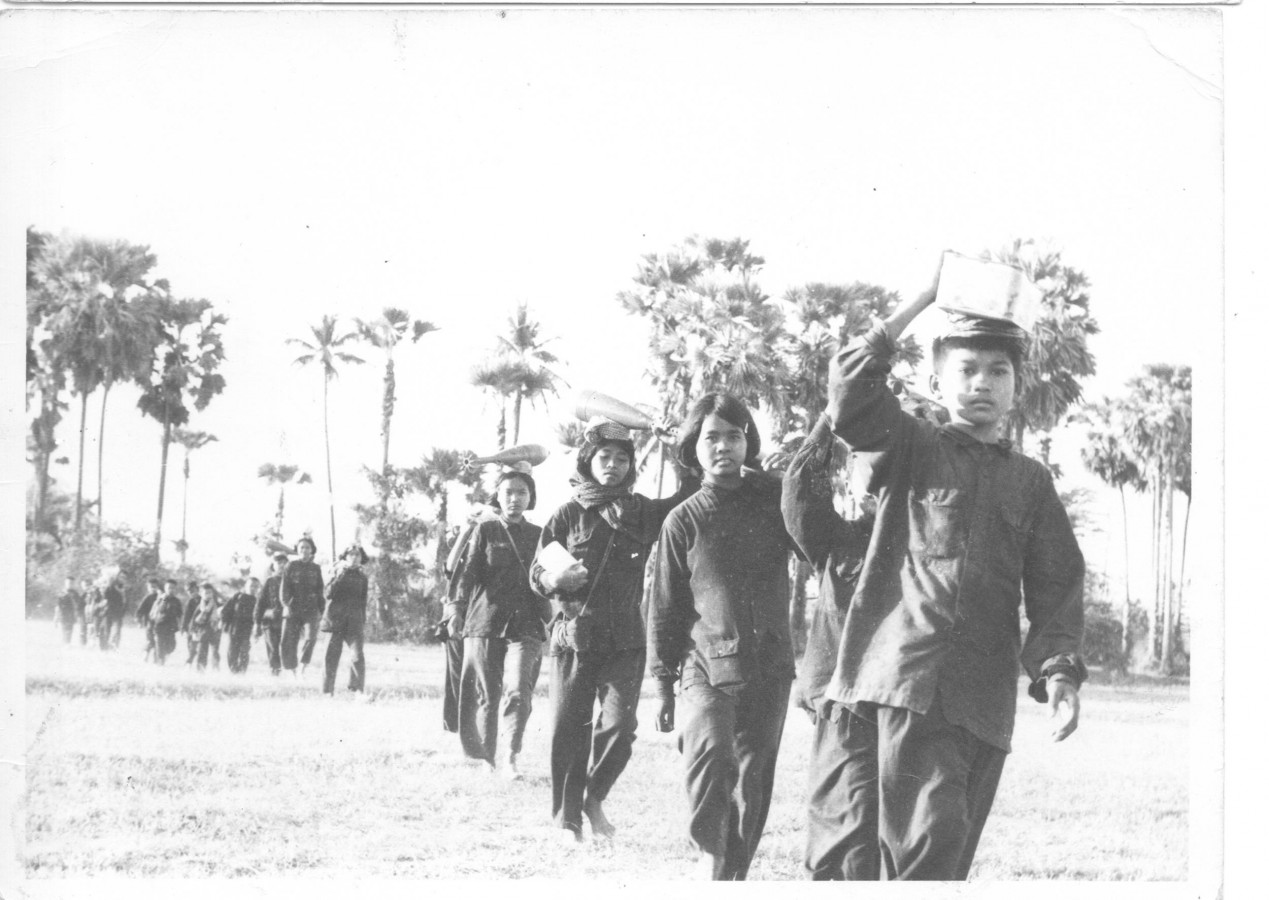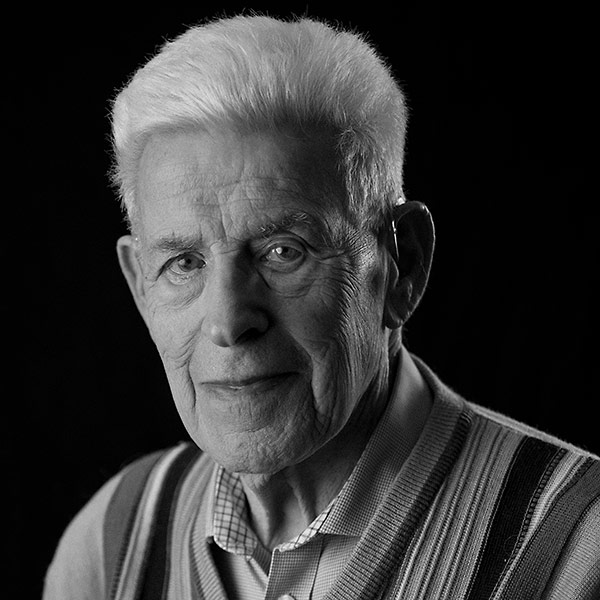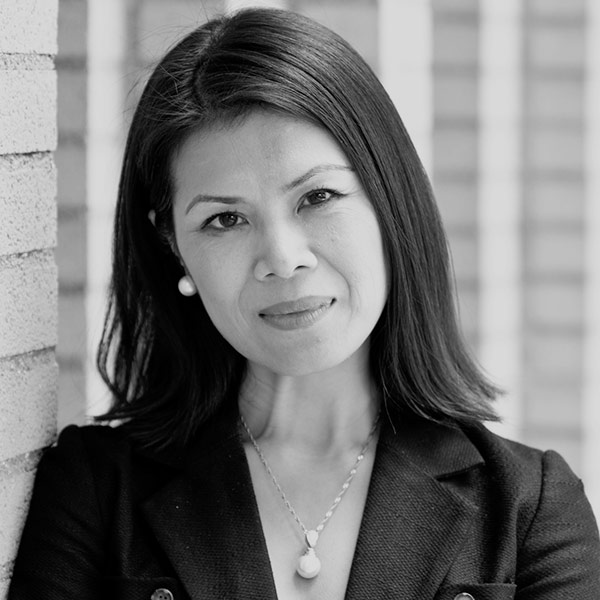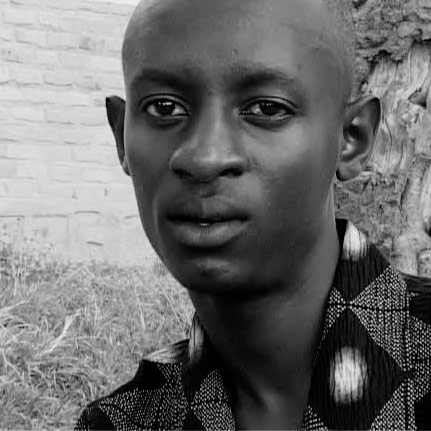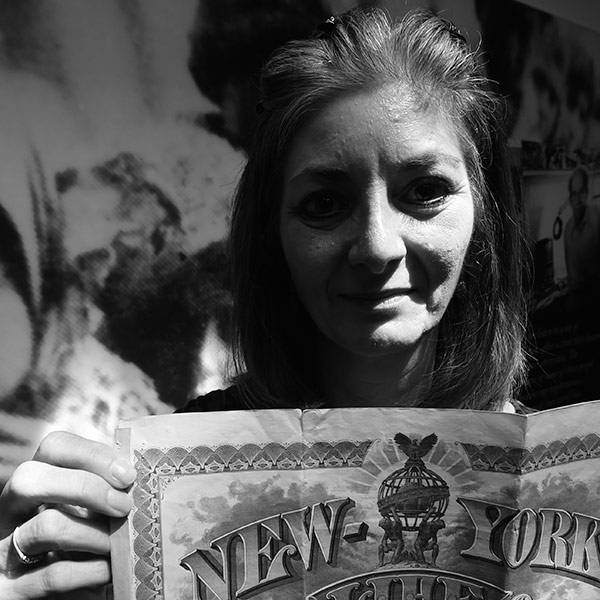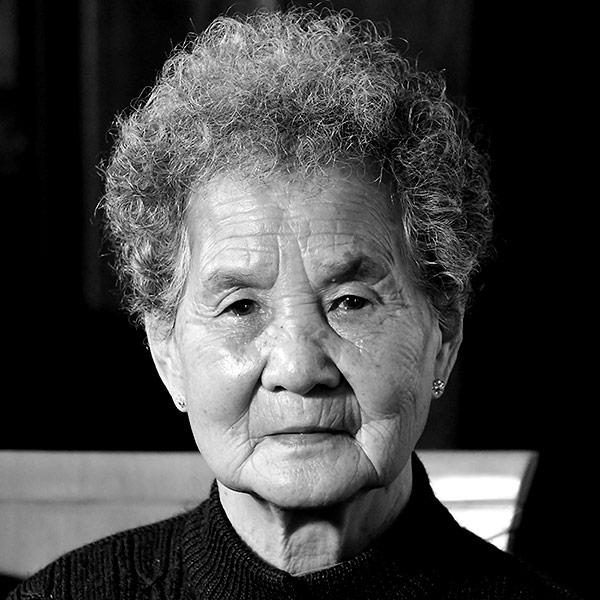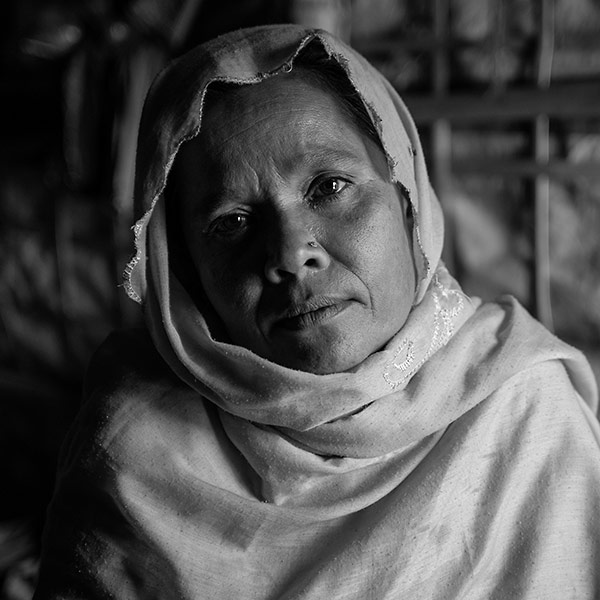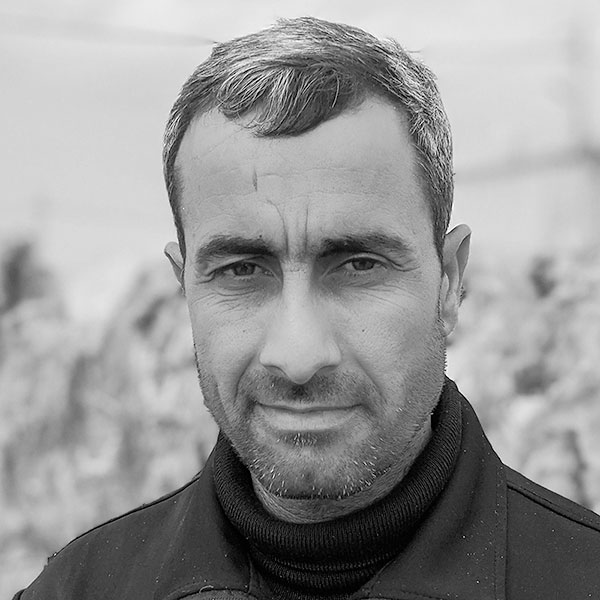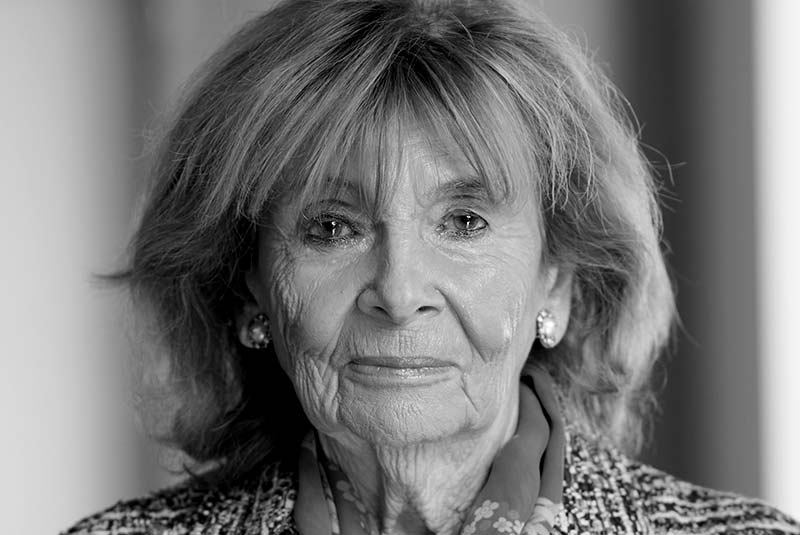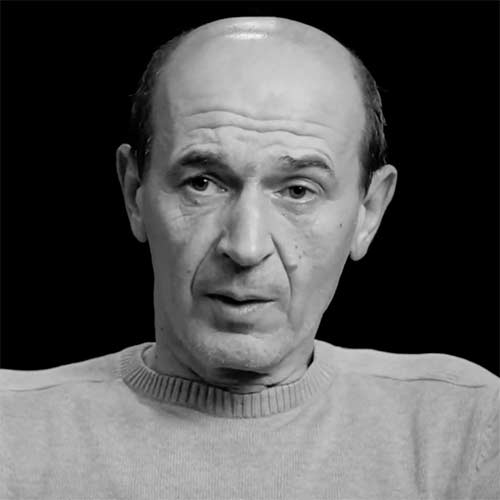We Remember
| April 7 | Anniversary of the Genocide Against the Tutsi in Rwanda |
|---|---|
| APRIL 17 | Anniversary of the Fall of Phnom Penh and Memorial for Cambodian Genocide |
| April 24 | Armenian Genocide Remembrance Day |
| April 23-24 | Yom HaShoah (Holocaust Remembrance Day) |
The world was changed by the lifework of Raphael Lemkin, a Polish Jewish lawyer driven by an innate sense that the world must protect its people – a belief he championed even before he suffered through the displacement and loss of the Holocaust.
As a university student in Białystok in the 1920s, Lemkin, deeply aware of persistent and violent antisemitism in Europe, was horrified to learn of the Ottoman government's murder and displacement of 1.5 million Armenians during the First World War.
Inspired by the belief that the law could be used to punish and even prevent such oppression, Lemkin eventually became a respected international jurist. In the 1930s, he worked to convince international bodies such as the League of Nations to establish legal safeguards to protect ethnic and religious groups from mass violence.
After the Nazis invaded Poland in 1939, Lemkin fled to Sweden and then to the United States, where he became a law professor at Duke University. He also worked as an advisor to the US War Department, advocating to raise awareness about Nazi atrocities. He introduced the term “genocide” in his 1944 book, Axis Rule in Occupied Europe, and convinced prosecutors at Nuremberg, where he served as a legal advisor to the US Chief Prosecutor, to include the term in their indictments against lead Nazi officials.
While in Germany, Lemkin learned that 49 family members, including his parents, had been killed in the Holocaust.
Lemkin continued his campaign at the newly formed United Nations, which agreed to define genocide as an international crime, leading to the 1948 adoption of the Genocide Convention, an instrument of international law that has since been ratified by 153 countries.
Genocide – the deliberate destruction of a people – is an act of nearly unfathomable inhumanity and incomprehensible scope. Lemkin understood that any attempt to punish and prevent such a crime required the specificity of a definition and the scaffolding of an international legal system.
This Genocide Awareness Month, we remember Lemkin, and we invite you to join us in preserving history, building our understanding of the past, and committing to a better future.
Genocide Awareness Month Events
-
 April 12, 2025
April 12, 2025
-

-
 April 21, 2025
April 21, 2025
-
 Doheny Memorial Library, Room 240, 3550 Trousdale Parkway, Los Angeles, California, 90089, United States
Doheny Memorial Library, Room 240, 3550 Trousdale Parkway, Los Angeles, California, 90089, United States
Watch Clips from the Visual History Archive
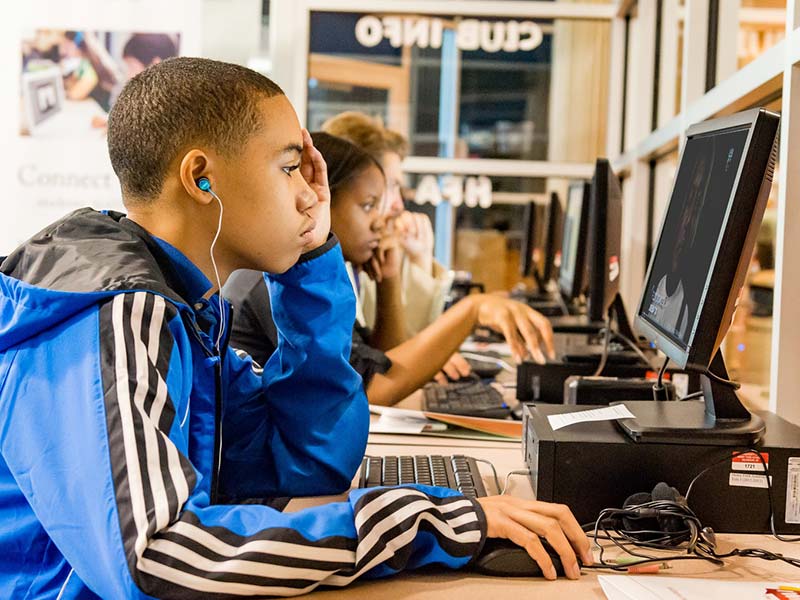
Our award-winning online educational platform IWitness offers several activities that draw from survivor testmonies across the different collections in the Visual History Archive.
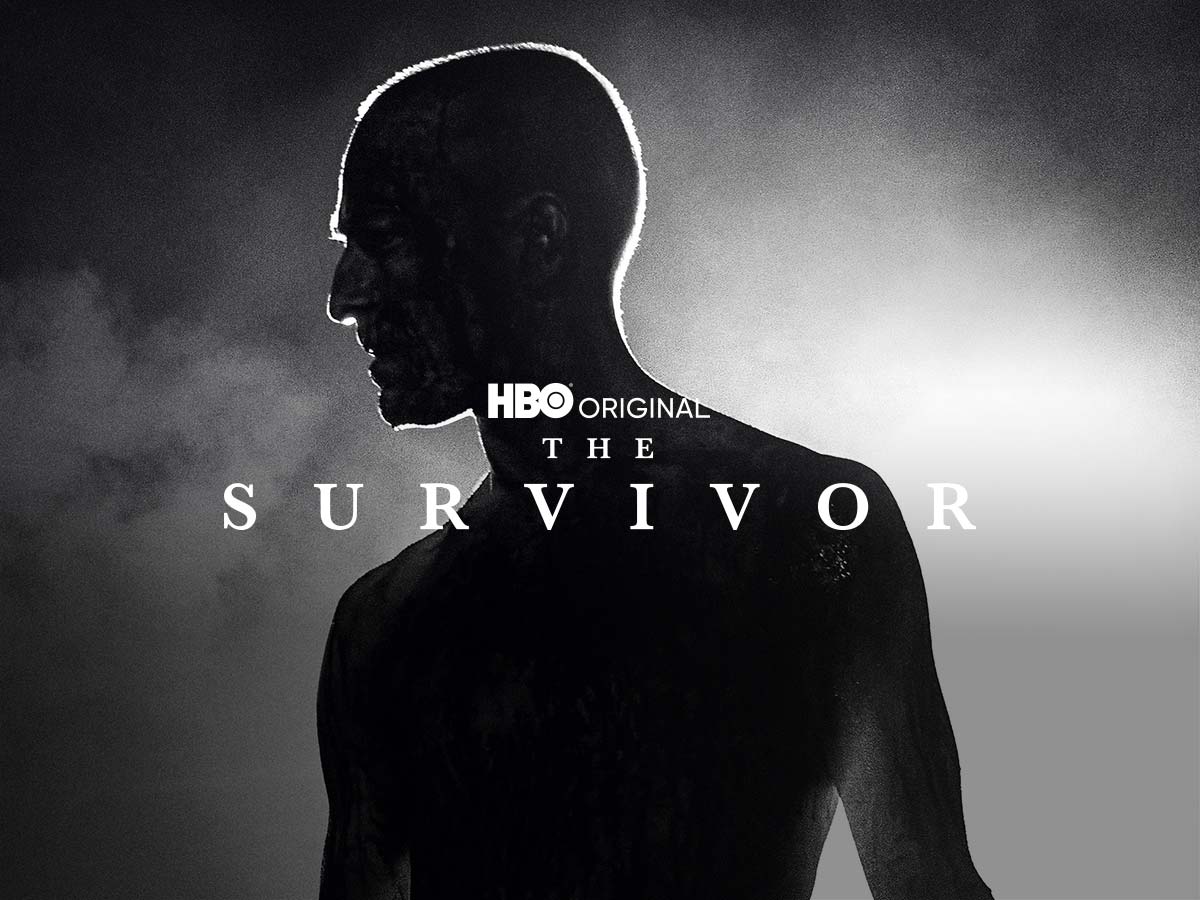
In addition to collecting and preserving video testimonies, USC Shoah Foundation produces documentaries and feature films about the Holocaust and genocide. The Institute’s films have aired in 50 countries and are subtitled in 28 languages.
A Century of Genocide
They are five people born in different decades on different continents. They have nothing in common except for one grim detail: Each one of them is a survivor of a 20th century genocide.
Taken by well-known photographer David Strick, “A Century of Genocide” conveys the resilience and dignity of the human spirit while underscoring an oft-overlooked reality: genocide is the story of individual suffering.
All five survivors in the photo settled in Greater Los Angeles, which is also the home of USC Shoah Foundation. The city has become the destination of choice for thousands of genocide survivors and their families.
Click on each of the survivors in the photo below to learn more about them.
Five Survivors from
Five Genocides
Photographed in April 2015, survivors from five genocides, all Los Angeles residents, have testimony in USC Shoah Foundation’s Visual History Archive, including Edith Umugiraneza, Rwanda; the late Dario Gabbai, Holocaust (born in Greece); the late Yevnigue Salibian, Armenia; Sara Pol-Lim, Cambodia; and Aracely Garrido, Guatemala. © 2015 Photo: David Strick
Click on each of the survivors to learn more about them.
Edith Umugiraneza
Edith Umugiraneza escaped the Rwandan genocide mostly unscathed, while almost everyone close to her was brutally murdered.
Umugiraneza was born in Kigali, Rwanda, the youngest of seven children raised by a widowed mother. When the genocide began, she was a high school student, and one of just three siblings still living at home.
Growing up, however, there were always tensions between the Hutus and the Tutsis. Umugiraneza rarely had Hutu friends and the two groups were segregated: The Hutus were sent to public schools and Tutsis to private schools. But, because many of the Tutsis could not afford to pay for private school, they ended up not attending school at all.
In April 1994, Umugiraneza heard the news on the radio that the president had been killed while his plane was landing in Kigali. The effects were felt almost immediately. People she knew were being killed, so her mother tried to separate the family for the best chance of survival. Umugiraneza went with her niece, who was about the same age as her, to her grandmother’s house. She didn’t know where the rest of her family was, except for a sister who was already living in Canada, away from the danger.
While she was at her grandmother’s, Umugiraneza’s uncles were killed among many others in the neighborhood. Umugiraneza remembers spending part of the rainy season hiding in a drainage ditch with her niece, who had asthma. Umugiraneza was upset with her for coughing and sneezing, worried they’d be found and killed.
After some time, Umugiraneza returned to her mother’s house. One night, a group came to her house, looking for one of her brothers, who had gone to a neighbor’s. They found the brother and killed him.
Umugiraneza’s mother sent her away again, this time with a friendly militiaman who drove her to Kabgayi, getting her through the checkpoints by convincing people she was his daughter. Once in Kabgayi, he had her stay with a mother and son he knew in the city. The son, who was one of the Hutus committing murders, would come home and tell her she would be next, but never ended up harming her.
One day, Umugiraneza stumbled upon a friend of her brother’s who was pretending to be Hutu. He drove her away, and she was able to flee to Congo. She was brought back to Rwanda with one of her brothers once the genocide was over. But, she returned to an empty house. Umugiraneza’s mother, niece, and two of her siblings had been killed. She went to Canada, where two of her sisters lived and attended Laval University in Quebec. Her husband, missing the warm Rwanda weather, however, moved the family to California ten years later, in 2004.
Umugiraneza struggled for years about why she survived when so many others didn’t. Now, however, Edith has decided she lived to tell her story so others can know the atrocities that were committed. She is now a consultant at USC Shoah Foundation, assisting various departments with projects and administration.
Dario Gabbai
Dario Gabbai is one of many Holocaust survivors, but one of just a handful still alive who experienced working in the Sonderkommandos — work units of prisoners forced to aid in the gassing and disposal of Jews.
Gabbai, the middle of three brothers, was born in Salonika, Greece, in 1922 to a family of Italian Jews. His early life was full of happiness and learning. He attended an Italian school where he learned four languages, played clarinet in the school band, went fishing with his father, and spent his summers exploring Italy on school trips. He planned on attending Italian university to become a doctor until dictator Benito Mussolini outlawed it in 1938.
Because Italy and Greece were at war, Gabbai was caught between his two countries as early as 1941. His family, along with other Italian Jews, was forced to relocate to a camp and then a hotel. They were not allowed to work or attend school while the fighting persisted. In 1943, the Italian government moved them to Athens, where Gabbai resumed attending school and sold things on the black market to help make ends meet for his family, as his parents were not working.
During this time, Gabbai’s family and other Jews had to present themselves weekly at a local synagogue so the Germans could keep tabs on them. In March 1944, without warning, German soldiers surrounded the Jews in the synagogue and transported them first to the Haidari concentration camp in Greece and then, after about a week, to Auschwitz-Birkenau in Poland.
Upon arrival, Josef Mengele made his infamous selection, choosing just around 10 percent to live and sending the rest of the arrivals, including Gabbai’s parents and younger brother, to the gas chambers. Gabbai and his older brother were chosen to be part of the approximately 1,000 prisoners in the Sonderkommando. After the Nazis killed arrivals in the gas chambers, the Sonderkommando would come in, cut the hair of the deceased, burn their bodies, and clean out the chamber for the next round of arrivals. To get through it, Gabbai said he attempted to function like a robot rather than a human being. He vowed to live in order to spread the word of the Nazis’ Final Solution.
However, in order to keep the Final Solution secret, the Nazis would kill members of the Sonderkommando about every six months and bring in new recruits, and Gabbai worked under the assumption that he would soon be dead himself. Instead, as the Germans began losing the war, they abandoned Auschwitz-Birkenau and marched the survivors through Austria. Gabbai said the weather was 23 degrees below zero, but he survived from mental willpower by imagining he was in sunny Athens. Anyone who could not keep up was killed by SS officers.
From then on, Gabbai was shuttled between camps: First he went to Mauthausen, then to Melk, and finally to Ebensee. At all these stops, he was careful never to mention he was part of the Sonderkommandos, as he would have been killed. One morning, in May 1945, Gabbai woke up to find Germans had left Ebensee. A few hours later, American soldiers rolled in.
Gabbai spent a month and a half working with the United Nations, and then returned to Greece, where he was eventually reunited with his brother and sister-in-law. In 1951, he was sponsored by a Jewish community in Cleveland to come to the United States. Shortly after, he moved to California, where he was cast in a Hollywood film, but then left to work in business. He married and had one daughter. Gabbai passed away in March 2020 at the age of 97.
Yevnigue Salibian
Yevnigue Salibian was born in Aintab (Gaziantep) on January 14, 1914, the daughter of Aposh and Ester Aposhian.
Her family was able to stay in Aintab during the Armenian Genocide due to her father’s local connections. She recalls seeing Armenians being rounded up on the streets of Aintab to be sent on forced marches to the Syrian deserts. After the end of World War I, the French Armed Forces took control of Aintab. After a short period of French administration in Aintab, the newly established Turkish Republican Forces attempted to regain former Ottoman regions. Yevnigue describes the bombs in her city and one bomb exploding in her family’s apartment building.
In 1921, her family fled Aintab, along with other Armenians, in fear of retribution for Armenian-French collaboration after World War I. She had a serious leg injury and nearly died on that journey while fleeing to the nearby city of Kilis. Soon after, the family left to Aleppo but lived in extreme poverty with the thousands of Armenian refugees. They later migrated to Damascus where her father was able to start his own business and rent a home for his family in the neighborhood of Bab Musalla.
Unfortunately, in 1925-26, during the Great Syrian Revolt, her family temporarily left Damascus, with many other Armenian families, to find safe haven in refugee camps in Beirut, Lebanon. After living under tents they had brought with them, they were kicked out to accommodate Muslim pilgrims traveling to Mecca. They were then sent to a mosquito stricken camp where her mother fell ill with malaria and passed away when Yevnigue was 13 years old. The family returned to Damascus only to see their home destroyed. Around that time, she began cleaning classrooms of a local school with her grandmother. Yevnigue later graduated from the Armenian Evangelical School for Girls in Beirut and returned to Damascus to her family and worked as a teacher for two years.
In 1935, she married a reverend named Vahram Salibian when she was 21 years old. Yevnigue, with her strong Christian faith, joined her husband to support his ministries in various cities in Lebanon. She had six children: Armine, Araxie, Norair, Shoushig, Samuel, and John. In 1960, her son Norair was tragically killed in a bus accident while visiting the village of Anjar, Lebanon, during his high school field trip.
Yevnigue and her husband later left Lebanon in 1976 when the Civil War broke out. The family settled in San Jose, California, where the couple continued their ministry throughout the community. Her husband, Vahram, passed away in 1995 after 60 years of marriage. In 2006, she was moved to an Armenian retirement home called Ararat Home in Mission Hills, CA. She continued her husband’s ministry there by praying with residents and staff and led Bible studies and devotionals.
She passed away on August 29, 2015, at the age of 101.
Sara Pol-Lim
Sara Pol-Lim was born Socheata Pol-Lim in Phnom Penh, Cambodia, in 1964. She lived happily with her parents and brothers as a young girl, going to elementary school and playing with her dog at their house in the city. That all changed on April 17, 1975, when Sara was nine years old.
On this day, Sara and her family were forced to evacuate their home at gunpoint – targeted by the Khmer Rouge regime as part of its purge of intellectuals, professionals, people suspected of being connected to the former government, and certain ethnic groups. They were transported through the jungle to a primitive campsite – the most disciplinary of all the camps for Sara and her brothers had to fight other children for access to their daily rice soup and often went hungry because they didn’t know how to fight for their food. Sara was assigned the job of picking up hay and also went to “school” with the other children, where government officials attempted to brainwash them into thinking they belonged to the government, not their families.
Her father was sent to a different camp and Sara never saw him again. Three of her brothers died of starvation. Left to fend for herself alone at the children’s camp, Sara was often abused and picked on for being from the city. She managed to survive disease and malnutrition, broken teeth, overwork and no shoes, until she and a friend decided to leave the camp and go back to their mothers. After walking for days through the jungle and across rice fields, the girls made it back to their mothers’ camp. Sara and her mother ran to a lake and floated to the other side, where they made their way to a nearby town.
Sara and her mother discovered that Sara’s older brother and grandmother had survived and immigrated to the United States. Sara, her mother, uncle, cousins and aunts smuggled themselves across the border to a refugee camp in Thailand. Two years later, in 1983, they went to America – first San Francisco and then Los Angeles.
When she arrived in Los Angeles, Sara lived with her aunt in a house with one bathroom and 25 people. She learned English, finished high school, and went to college at California State University, Long Beach, and National University, followed by Chapman University for her master’s degree. She became the first Cambodian woman executive director of the United Cambodian Community, a nonprofit that supports the Cambodia refugee community. Sara recorded her testimony for USC Shoah Foundation in 2009.
Aracely Garrido
In the above clip, Aracely Garrido reflects on the seemingly eternal suffering endured by indigenous civilian non-combatant populations in a Guatemalan village who practiced their own limited form of resistance during the war.
In the midst of genocide, Aracely Garrido was determined to fight for her community.
Garrido was born in 1958 in Guatemala City, Guatemala, the youngest of four siblings in a working-class family. Her mother died when she was only five years old. In college, she became involved in revolutionary student groups that organized protests against the government.
Her involvement in these groups, however, soon made Garrido a government target and she had no choice but to drop out of school, though she remained involved in activism. Poor indigenous people, or “campesinos,” were being tricked into unpayable debts, forced to relocate and living in deplorable conditions. When the massacres started, Garrido told her family she was going to another city to live with a boyfriend, but instead began living in the mountains with the student group and then a revolutionary organization, which tried to warn people of impending massacres.
In 1981, Garrido went to the El Quiche region, where whole villages were being destroyed. Soldiers would listen for the cries of babies to know where to attack next.
Garrido became pregnant and decided to go to Mexico to have her child there. After eight days of walking, she made it to the border and then gave birth in Mexico City. But she felt an intense need to return to her people in Guatemala. She managed to get in touch with one of her sisters for the first time in seven years and found out that 13 members of her family had disappeared or been killed, and they had assumed the same had happened to her.
After walking for 12 hours a day for weeks, Garrido made it back to Guatemala, where she reunited with some of the people she had met before and discovered the atrocities that the government had committed against their communities. Garrido returned to Mexico and began working for indigenous rights. She was finally reunited with a sister and, later in the U.S., with her father, who had been imprisoned by the regime all these years.
With her son, now 11 years old, Garrido returned to Guatemala to help collect survivor testimonies and work with genocide commissions to get the massacres of the indigenous people in Guatemala to be declared a genocide.
In 2005, Garrido was able to immigrate to the United States with her husband, whom she had met in Guatemala and who is also a genocide survivor. Some of her nephews are still missing.
© 2015 Photo: David Strick
